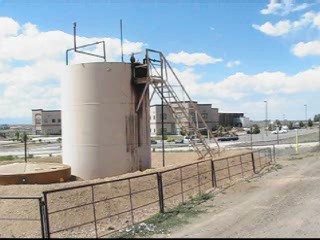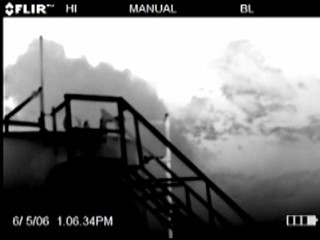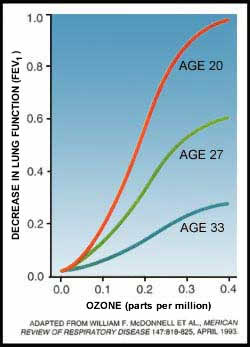Rocky Mountain News Blasts Inhofe
The Rocky Mountain News today ran a great editorial, pasted below, blasting Senator Inhofe for his cricisim of the use of infrared technology to detect ozone forming compounds (see past posts). The editors of the News are right on the mark on this one.
Let cameras map emissions
Senator's gripe disturbing
July 30, 2006
Who could possibly object to better methods of collecting data on air emissions? The U.S. senator who chairs the committee that handles environmental issues has, and that's disturbing. With levels of ground-level ozone (a main component of smog) reportedly on the rise in and around the metro area, regulators and health officials need to find the sources of that pollution. Crafting effective measures to control harmful emissions requires accurate data, even if it comes from unusual methods. It's encouraging to report that federal regulators are finding new uses for video technology to identify emissions that are not visible to the naked eye. Threats and bluster from lawmakers should not impede the creation of sound policy that protects public health. After a News story published June 20 revealed that federal environmental regulators were using infrared cameras to view heretofore invisible emissions from gas and oil wells in Adams and Weld counties, Sen. James Inhofe, R-Okla., fired off a letter to the Environmental Protection Agency demanding an explanation. Inhofe's letter said the filming process - which recorded emissions from pipelines, valves and storage tanks - threatened the "trust" between the EPA and the oil and gas industry. It also questioned whether regulators had permission from oil and gas producers to gather that information, since the facilities are on private property. Last we checked, air emissions did not necessarily respect property lines; they can travel many miles from their source. Moreover, part of the EPA's job is to detect these emissions. If the agency has found new ways to accurately track them, then what's the problem? Over the years, figuring out the percentage of pollution contributed by different sources has been daunting - how much comes from motor vehicles, energy companies, agriculture, other businesses, homes? Oil and gas producers have long grumbled that they have been targeted for producing more emissions than they actually pump into the atmosphere, and have paid higher regulatory costs than were necessary. The industry may be right. One way to find out would be the more widespread adoption of video technologies like those the EPA tested in Adams and Weld counties. As the filtering technologies improve, and we learn where specific emissions originate, regulators can craft more effective pollution-control strategies. This is crucial to Denver, which is battling to stay off the EPA's list of cities with the dirtiest air. When the EPA formally responds to Inhofe's letter, we hope the agency will let the public know how far that technology has advanced. The technology could after all vindicate the oil and gas industry's assertions that it has been wrongly vilified in the battle to clean up the air. Besides, better information should lead to more-effective policies. If "a clean environment" is Inhofe's goal, you'd think he would want the truth to get out.
Copyright 2006, Rocky Mountain News. All Rights Reserved.






